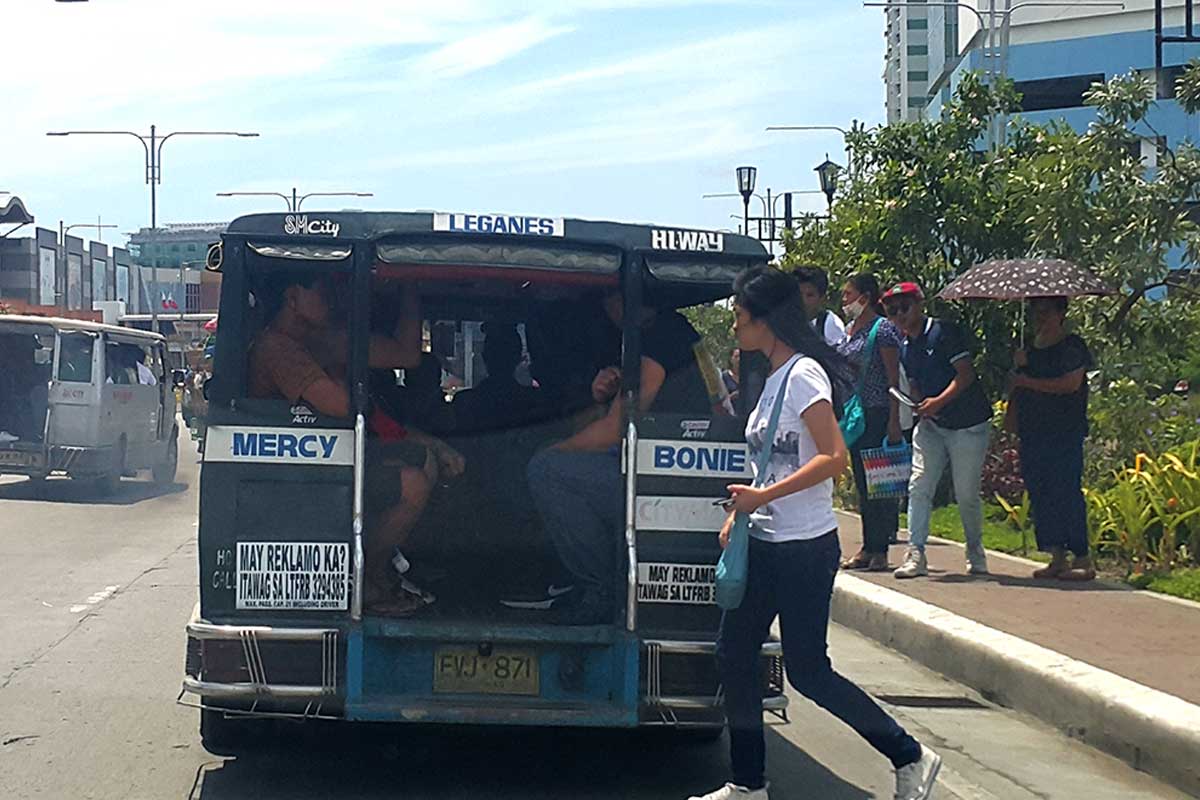
By Joseph Bernard A. Marzan
The recent suspensions of face-to-face classes and the shift to work-from-home policies have obscured the effectiveness of the Local Public Transport Route Plan (LPTRP), with transportation leaders indicating the full impact has yet to be assessed.
Raymundo Parcon, president of the Western Visayas Transport Cooperative (WVTC), said Friday, May 3, that their implementation had gone smoothly according to their internal monitoring.
Observations at the Mohon Terminal in Arevalo district on Friday morning showed a continuous influx of passengers, especially between 7:00 a.m. and 9:00 a.m., but wait times remained minimal due to the quick turnaround of vehicles.
Parcon noted similar patterns at the Tagbak Terminal in the Jaro district, which he said handled the highest volume of passengers commuting from the province.
However, the true measure of the plan’s success would become apparent starting today, May 6, following a week marked by the Labor Day holiday, local festivities, and the ongoing suspension of in-person classes in schools, colleges, and universities across the city.
“The implementation has been manageable so far because many transport groups and cooperatives have cooperated with the LPTRP. From our monitoring at the Mohon Terminal, there weren’t any significant wait times for passengers because our bus units returned to the terminals quickly,” Parcon told Daily Guardian on Air.
He highlighted specific concerns related to passenger loading and unloading at the Iloilo Transport and General Services, Inc. (ITGSI) and Ungka terminals in Pavia town and Jaro district, respectively. These issues were primarily due to their proximity to the city’s borders and the limited availability of the Ungka Flyover to motorists.
Further difficulties were reported on City Proper roads, including Iznart and J.M. Basa streets near the Iloilo City Public Market (Central Market), where double parking by both private and public vehicles impacted waiting and turnaround times at terminals and key stops.
Parcon called for stricter enforcement of parking regulations by the city’s Public Safety and Transportation Management Office (PSTMO) and the Traffic Management Unit (ICTMU) to improve conditions for minibuses.
“Here at the area of Iznart Street going to the Central Market, there is no traffic, but significant double parking by private cars in this area is problematic. We urge the PSTMO and the ICTMU to monitor these areas and ensure that loading bays are not obstructed by privately parked vehicles. Our units have had to manage loading and unloading in the middle of the roads because of this,” he explained.
The enhanced LPTRP, which began last Thursday, May 2, permits only jeepney and minibus units consolidated through transport cooperatives and private transport companies to operate. This initiative is part of the broader Public Utility Vehicle Modernization Program (PUVMP) launched during the Duterte administration in 2017.
The LPTRP has faced several delays since its initial scheduled implementation in 2022, due to issues including a shortage of minibus units, the initial complete ban of traditional jeepneys, and route scheme concerns.




















